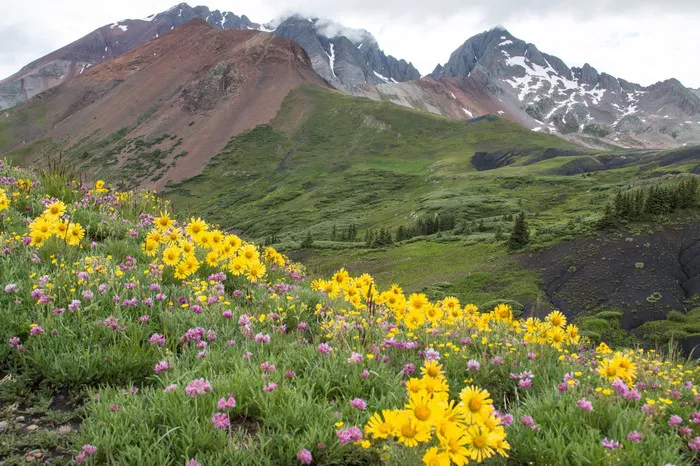Growing wildflowers is a delightful way to add color and vibrancy to your garden while supporting local wildlife. With the right techniques, you can create a stunning wildflower meadow that blooms throughout the seasons. In this article, we’ll guide you through the process of growing wildflower seeds, from preparation to maintenance.
Introduction to Wildflowers
Wildflowers are a natural and beautiful addition to any garden. They are easy to grow, require minimal maintenance, and attract a variety of beneficial insects and birds. Whether you have a small backyard or a large field, wildflowers can transform your space into a vibrant oasis.
Benefits of Wildflowers
Low Maintenance: Wildflowers are hardy and require less care compared to traditional garden flowers.
Attract Wildlife: They attract bees, butterflies, and other pollinators, which are essential for a healthy ecosystem.
Drought Tolerance: Many wildflowers are drought-tolerant, making them perfect for areas with limited water supply.
Choosing the Right Wildflower Seeds
Selecting the right wildflower seeds is crucial for a successful meadow. Consider the climate, soil type, and desired bloom time when choosing your seeds.
Climate: Ensure the seeds are suitable for your local climate. Some wildflowers thrive in cooler temperatures, while others prefer warmer conditions.
Soil Type: Choose seeds that match your soil type. Wildflowers can grow in a variety of soils, from clay to sandy.
Bloom Time: Select a mix that provides a succession of blooms throughout the growing season.
Preparing the Soil
Before planting wildflower seeds, prepare the soil to ensure optimal growth:
Remove Weeds: Clear the area of weeds and debris to prevent competition for nutrients.
Till the Soil: Loosen the soil to a depth of about 8-10 inches to improve drainage and aeration.
Add Organic Matter: Mix in compost or well-rotted manure to enrich the soil with nutrients.
Planting Wildflower Seeds
Planting wildflower seeds is straightforward, but timing and technique are important:
Timing: Plant in the fall or early spring, depending on your climate. Fall planting allows seeds to germinate over winter, while spring planting takes advantage of warmer temperatures.
Sowing Depth: Sow seeds on the surface or lightly cover them with soil, depending on the type of wildflower.
Sowing Rate: Follow the package instructions for the recommended sowing rate. Overcrowding can lead to poor growth.
Caring for Wildflowers
Once planted, wildflowers require minimal care but benefit from a few simple practices:
Watering: Keep the soil moist during the first few weeks after planting. Once established, most wildflowers are drought-tolerant.
Mowing: Allow the flowers to bloom and set seed before mowing. This helps maintain the health of the meadow.
Fertilization: Avoid using fertilizers, as they can promote weed growth and alter the natural balance of the meadow.
Common Challenges and Solutions
When growing wildflowers, you might encounter a few challenges:
Weed Competition: Regularly remove weeds by hand or with a hoe to prevent them from overtaking your wildflowers.
Pests and Diseases: Use organic pest control methods whenever possible to avoid harming beneficial insects.
Poor Germination: Ensure the soil is well-prepared and the seeds are sown at the right time for optimal germination.
Tips for Beginners
If you’re new to growing wildflowers, here are a few tips to keep in mind:
Start Small: Begin with a small area to gain experience before expanding.
Be Patient: Wildflowers can take time to establish and bloom, so be prepared to wait.
Observe and Learn: Pay attention to how different species perform in your garden and adjust your selections accordingly.
Conclusion
Growing wildflower seeds is a rewarding experience that brings beauty and life to your garden. With the right preparation and care, you can create a stunning meadow that blooms throughout the seasons. Whether you’re a seasoned gardener or just starting out, wildflowers offer a simple yet magical way to connect with nature and enjoy the beauty of the outdoors.


